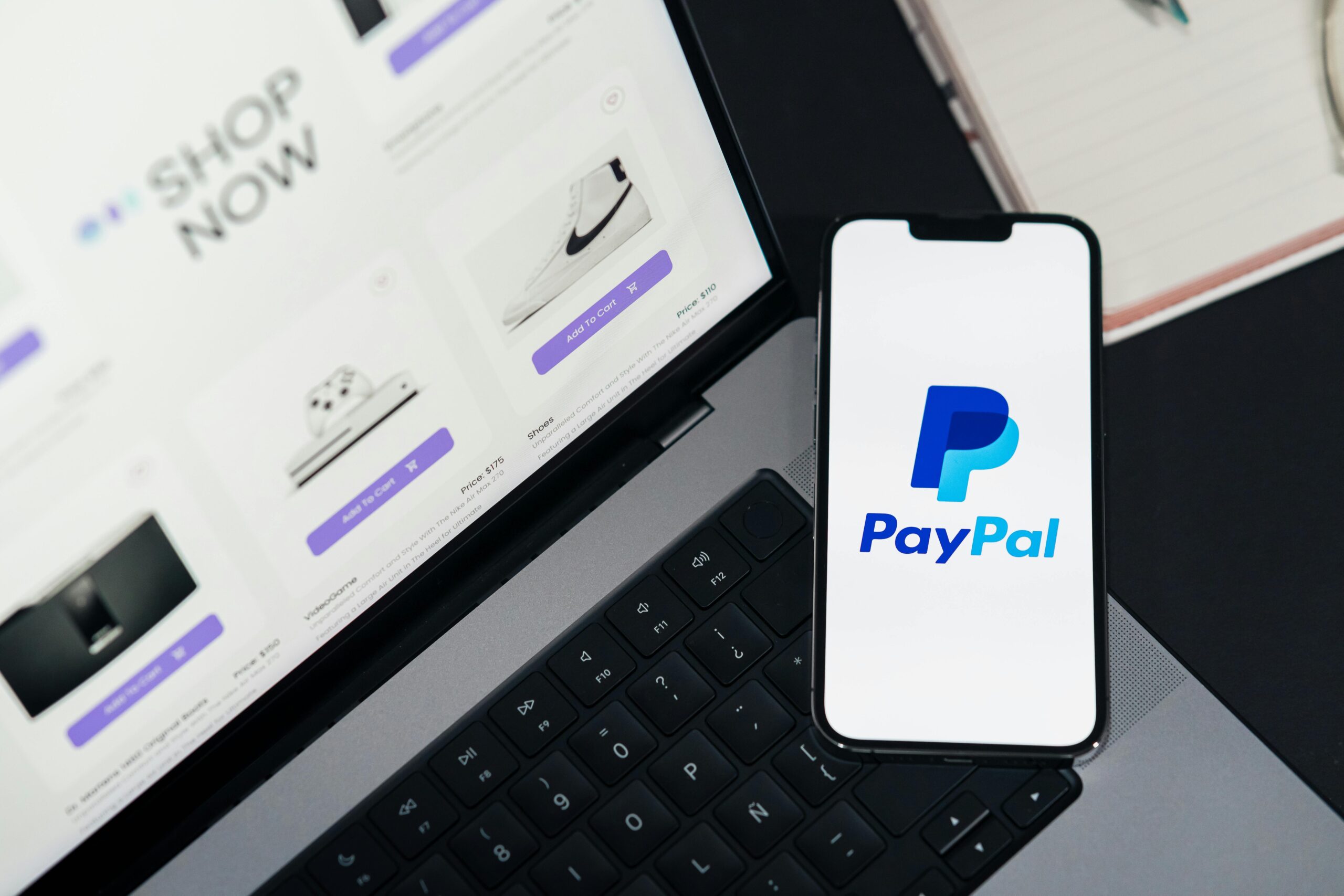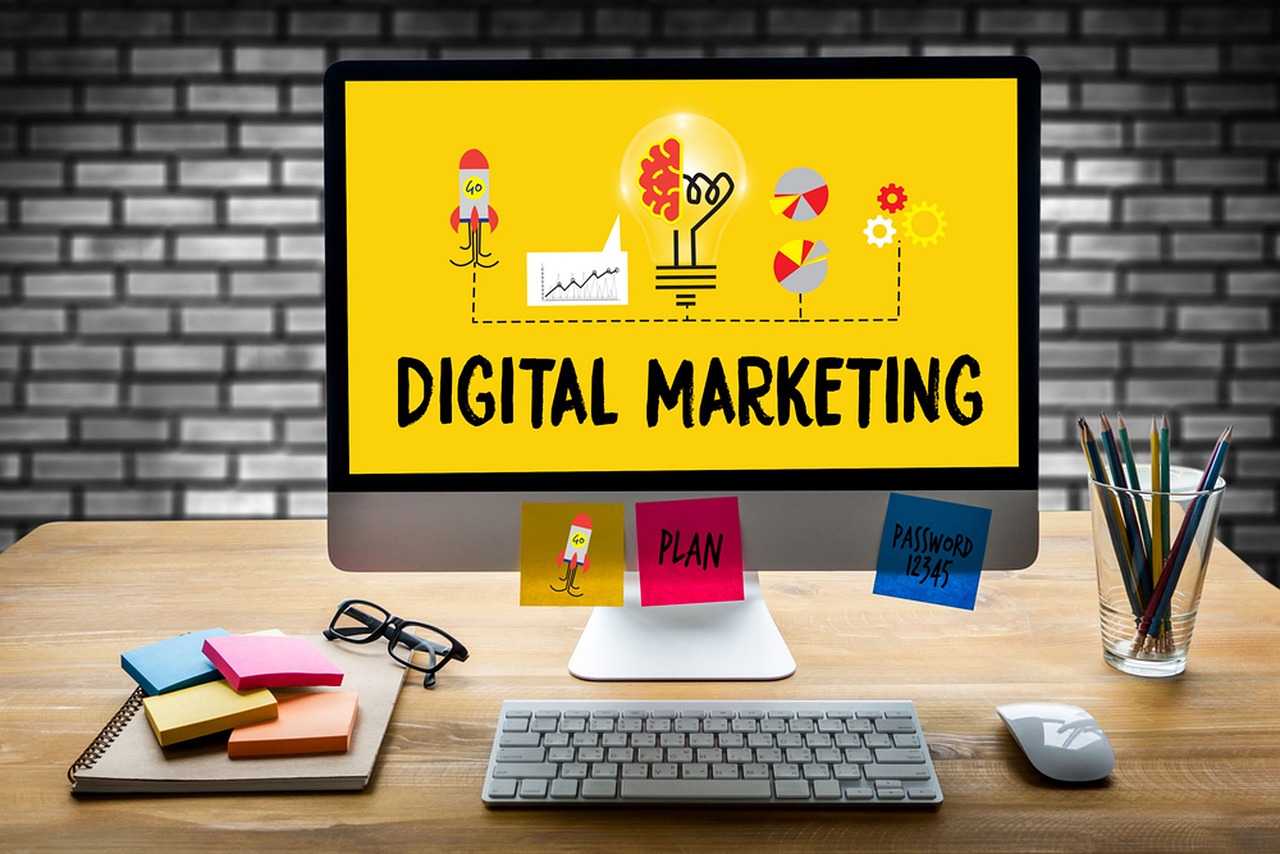In recent years, influencer marketing has grown from a spot advertising strategy into an effective tool utilized by agencies throughout industries. This shape of marketing leverages the attain, authority, and trust that influencers have constructed within their unique communities or niche markets. By taking part with influencers, manufacturers can get entry to an exceedingly engaged and dependable target audience, making influencer advertising one of the handiest approaches to enhance emblem awareness, credibility, and sales.
In this article, we’ll explore the concept of influencer advertising and marketing, its benefits, the sorts of influencers, the high-quality practices for implementing a successful method, and not unusual demanding situations confronted by marketers.
What is Influencer Marketing?
Influencer advertising is a strategy where manufacturers collaborate with individuals (influencers) who’ve set up credibility and a big following on social media platforms, blogs, or different content-sharing channels. These influencers sell the logo’s products or services to their target audience, frequently through posts, stories, movies, or product evaluations. The intention is to force engagement, recognition, and in the long run conversions through leveraging the influencer’s courting with their followers.
Influencers are commonly divided into unique classes primarily based on the size of their audience and their degree of knowledge. From micro-influencers with some thousand fans to mega-celebrities with thousands and thousands, the spectrum is sizable, and brands can pick influencers whose fans align with their audience.
The Rise of Influencer Marketing
The rise of social media and content-sharing platforms has played a sizable role in the boom of influencer advertising. Platforms like Instagram, YouTube, TikTok, Twitter, and Facebook have made it simpler for individuals to build big followings, often around unique subjects such as fitness, beauty, travel, generation, and lifestyle.
As customers an increasing number of searching for tips from humans they trust as opposed to traditional commercials, influencers have emerged as a dependent on the supply of facts. According to studies, 49% of purchasers depend upon influencer guidelines when making shopping choices. This shift far away from traditional marketing toward more proper and relatable resources of statistics is one of the key reasons for influencer marketing’s effectiveness.
Types of Influencers
Influencers are available in all sizes and styles, bringing unique blessings to extraordinary brands. The fundamental categories of influencers are:
- Mega Influencers:
Mega influencers usually have over one million followers and include celebrities or famous public figures. While they offer huge reach, their engagement quotes can be lower than the ones of micro- or macro-influencers. Mega influencers are frequently costly to paint with, and their promotions may also seem greater than traditional advertisements, which can diminish the authenticity of their endorsements. - Macro Influencers:
Macro influencers normally have between a hundred,000 and a million fans. They have built a solid presence inside their niche and provide a balance between reach and engagement. Working with macro influencers may be more inexpensive than partnering with mega influencers, but they nonetheless have a wide target audience that can help improve logo visibility. - Micro-Influencers:
Micro-influencers are individuals with fa ollowings between 1,000 and 100,000. Though they have smaller audiences, micro-influencers often see higher engagement fees and are regarded as more relatable and sincere by using their followers. This makes them an outstanding choice for manufacturers looking to attain areas of interest markets or construct sturdy, private connections with their target market. - Nano Influencers:
Nano influencers typically have fewer than 1,000 followers, however they can offer particularly high tiers of engagement. These influencers regularly have a tight-knit and particularly dependable network. Although their reach is confined, nano influencers are pretty powerful for manufacturers concentrated on hyper-nearby or specialized markets.
Benefits of Influencer Marketing
Influencer advertising and marketing offer several benefits to corporations, making it an attractive option for many marketers. Some of the primary advantages encompass:
- Enhanced Brand Awareness:
One of the greatest blessings of influencer marketing is its ability to rapidly increase logo awareness. By partnering with influencers who’ve installed audiences, brands can expose their services or products to a much broader, yet targeted, audience. This can result in immediate visibility for new services or products. - Increased Trust and Credibility:
Influencers are considered trusted figures within their communities. By endorsing a product, influencers can lend credibility to an emblem. When fans see an influencer they admire using or recommending a product, it is able to foster trust within the emblem, leading to an extra chance of conversion. - Higher Engagement Rates:
Influencers frequently have extra engaged followers than manufacturers themselves. Since their fans are dedicated to their content and believe in their critiques, influencer posts tend to generate better tiers of engagement in terms of likes, comments, stocks, and other types of interaction. - Targeted Marketing:
Influencers often cater to very precise niches, making it easier for manufacturers to target particular demographics. Whether an emblem is concentrated on teenagers interested in fitness, fashion fanatics, or tech-savvy customers, influencer marketing allows for exceptionally centered campaigns that reach the right humans. - Authenticity:
Consumers these days are increasingly skeptical of traditional commercials. Influencer advertising, however, provides a more real and relatable way to sell a product or service. Since influencers generally use and advocate products they accept as true within, their endorsements come across as real and much less scripted, making them extra appealing to clients.
Key Components of a Successful Influencer Marketing Strategy
To obtain the total blessings of influencer marketing, brands want to execute their campaigns strategically. Here are some key components of a successful influencer advertising method:
- Identify the Right Influencers:
The first step in any influencer advertising campaign is figuring out the right influencers to accompany. It’s important to pick influencers whose values align with the brand and whose target audience matches the emblem’s goal demographic. Additionally, examining the influencer’s engagement quotes and authenticity is vital to ensure they are able to deliver effects. - Set Clear Goals and KPIs:
Before launching a marketing campaign, brands need to really define their goals. Are they aiming to boost brand focus, pressure traffic to their website, or improve sales? Establishing precise key overall performance indicators (KPIs) will assist brands measure the fulfillment of their marketing campaign. - Craft Compelling Content:
The content material shared via influencers ought to be attractive, real, and aligned with the brand’s message. Whether it’s an Instagram publish, TikTok video, or YouTube evaluation, the content material must offer a price to the audience whilst subtly selling the service or product. - Offer Creative Freedom:
Influencers have built their audiences based on their specific fashion and voice. Brands need to admire the innovative freedom of influencers and keep away from dictating each element of their content. This will help make sure that the marketing campaign feels natural and resonates with the audience. - Leverage Multiple Channels:
While Instagram and YouTube are popular structures for influencer advertising and marketing, manufacturers also can test with other channels along with TikTok, Pinterest, or blogs. Each platform has its strengths, and leveraging multiple channels can assist expand the marketing campaign’s attainment. - Measure and Optimize:
After the marketing campaign, brands must check their performance by reviewing engagement metrics, visitor data, and income conversions. These records can help entrepreneurs recognize what labored and what didn’t, letting them optimize destiny campaigns.
Challenges in Influencer Marketing
Despite its effectiveness, influencer advertising isn’t without challenges. Some of the not-unusual limitations include:
- Choosing the Right Influencers:
With the wide variety of influencers to be had, it could be tough to select the right ones. Brands want to ensure that the influencer’s target market, values, and content material align with the logo’s objectives. - Ensuring Authenticity:
As influencer advertising continues to develop, there may be a risk of inauthentic endorsements. Some influencers may additionally sell merchandise that they don’t virtually use or agree with, which can result in backlash from their followers. Brands need to prioritize working with influencers who are authentic and transparent. - Managing ROI:
Calculating the return on investment (ROI) from influencer advertising campaigns may be intricate. Since influencer campaigns regularly pay attention to intangible outcomes like logo attention and belief, it can be difficult to at once hyperlink influencer efforts to sales conversions. - Regulations and Disclosure:
Transparency is essential in influencer advertising. Influencers are required by law to disclose paid partnerships, but no longer all influencers comply with those hints. Brands must make sure that influencers adhere to disclosure rules to keep away from felony troubles or loss of customer trust.
Conclusion
Influencer advertising and marketing have come to be a powerful device for agencies searching to connect to their target market in an actual and attractive manner. By partnering with influencers who have relied on dating with their fans, brands can build credibility, pressure awareness, and increase sales. However, to be successful, manufacturers ought to select the proper influencers, set clear goals, and make sure their campaigns are actual.
As the digital landscape continues to conform, influencer advertising and marketing will probably continue to be a key element of many brands’ advertising strategies. By following first-rate practices and staying knowledgeable about trends, brands can preserve to leverage this dynamic method to achieve significant outcomes.








Leave a Reply